April 14, 2025 | 20:11 GMT +7
April 14, 2025 | 20:11 GMT +7
Hotline: 0913.378.918
April 14, 2025 | 20:11 GMT +7
Hotline: 0913.378.918
At a recent conference on sustainable development of industrial-scale marine aquaculture in Khanh Hoa, Mr.Arne Kjertil Lian, Commercial Counselor of the Norwegian Embassy in Vietnam said that Norway was very successful in developing aquaculture in combination with tourism.
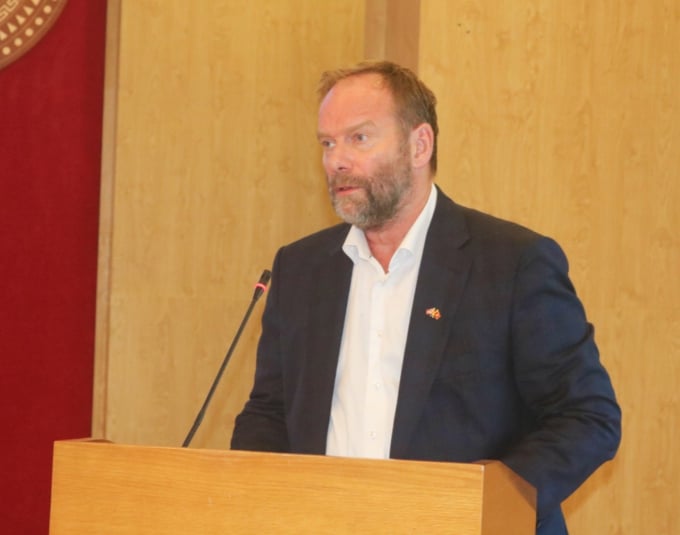
Mr.Arne Kjertil Lian, Commercial Counselor of the Norwegian Embassy in Vietnam. Photo: KS.
To boost the implementation of the model of tourism and aquaculture, the Norwegian Directorate of Fisheries will offer free licenses for demonstration farms which raise fish in the sea over the course of 10 years. This is considered an incentive policy made by the Norwegian Government in order to create favorable conditions for businesses because to be able to open ocean fish farms, Norwegian businesses have to undergo an expensive bidding process that costs from Euro15-20 million per license.
So far, the Norwegian Directorate of Fisheries has licensed 30 demonstration models including 27 farms that have finished construction and been put into operation and three others undergoing construction. Although the Norwegian Directorate of Fisheries is responsible for issuing licenses it is local governments that can decide the locations of demonstration farms.
According to Mr.Arne Kjertil Lian, following licensed fishery businesses often cooperate with local museums, technology centers or restaurants to set up the model of aquaculture in combination with tourism.
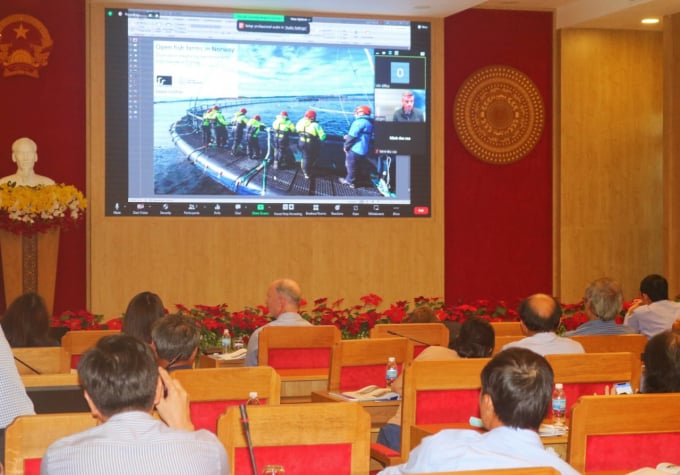
Norway is very successful in developing the model of tourism and aquaculture. Photo: MH.
The Director of Kyst Museum, one of the largest museums of Norway said as for aquaculture businesses, they only need to focus on constructing farms and raising fish. Meanwhile, a team of the museum will take care of tourism activity from arranging boats for transporting visitors to making plans on tours, costs and schedules.
During the tours, in addition to being introduced to Norwegian salmon production process, visitors can learn about the social impacts of ocean-fish farms on local communities, benefits of the model and the conflict between aquaculture and catching or how jobs are created by aquaculture businesses.
"All the issues mentioned above are included in the program so that we can exchange and share with visitors," the Director of Kyst Museum said, adding that to in a bid to boost tourism as well as to share knowledge of aquaculture with tourists, local governments set a low entrance prices for groups of visitors normally at 10 Euros because during the tours, businesses can sell their fish to visitors.
Also according to the Director of Kyst Museum, the museum is now cooperating with aquaculture businesses to take visitors around to 4 places including 2 commercial fish farms, 1 fish hatchery and 1 state-of-the-art and large-scale processing facility. It takes about 17 minutes to travel from the museum to the nearest tourist attraction. If tourists want to visit these places they can contact with the museum via email, phone or SMS.
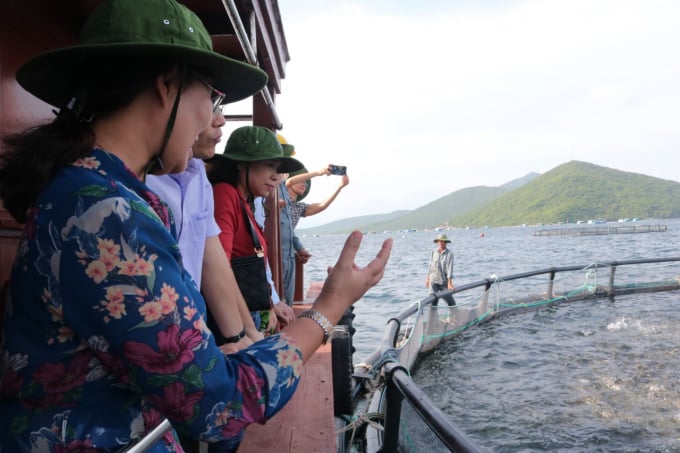
Vietnam can learn from the Norwegian aquaculture model Photo: KS.
A tour from a hatchery to a commercial fish farm and a processing facility takes 2.5 - 3 hours. The museum will try to organize tours at the most favorable time to visitors so that they can see how fish are raised and taken care in the sea
The Director of Kyst Museum said that over the past 10 years of implementing the model of tourism and aquaculture, it has attracted different types of visitors including students from primary and secondary schools, universities and colleges; journalists, locals, non-governmental organizations, tourism agents and industrial firms. They came and visited because they wanted to learn how salmon are raised in the sea. It's said that Kyst Museum has 250 employees and it welcomes around 550,000 visitors every year.
According to the Director of Kyst Museum, it will be easy to be successful if experience-based tourism is developed in combination with sharing knowledge with visitors. The experiences that visitors have during their journey on the sea along with their learning of aquaculture from seed production to processing will attract tourists to local communities. Besides, the businesses that open door to tourists can enhance the prestige and reputation in aquaculture industry.
Translated by Mai Tham
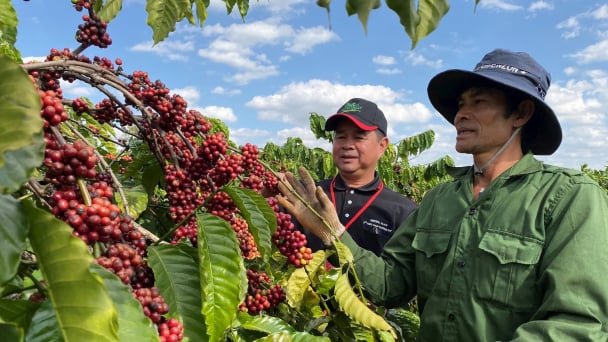
(VAN) Businesses emphasize fairness and equality when integrating social factors into their sustainable development strategies.
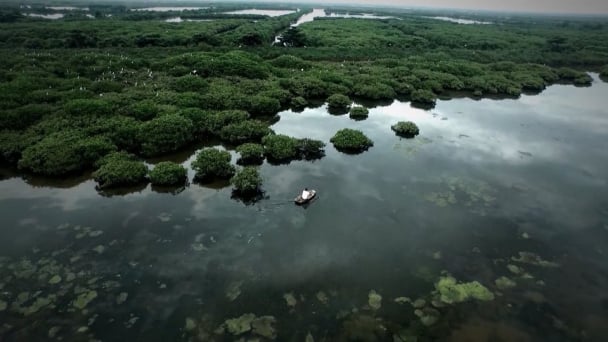
(VAN) French organizations and enterprises propose that Thai Binh province provide potential and long-term cooperation contents related to climate change response and green industrial development.
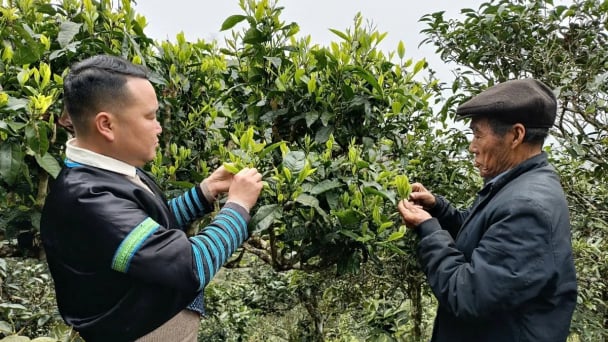
(VAN) Shan Tuyet tea is considered a 'heavenly treasure'. The H'mong people allow the tea to grow naturally, adhering to organic production principles, with the aim of exporting the product.
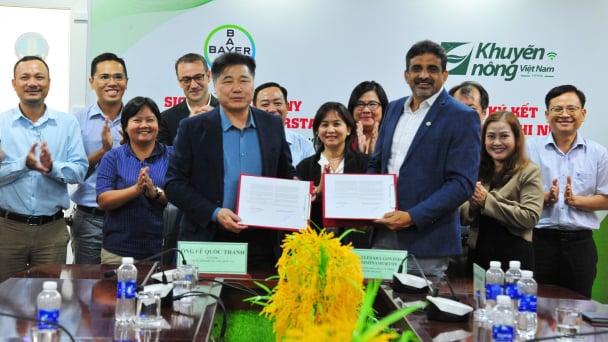
(VAN) Bayer Vietnam and the National Agricultural Extension Center have signed a partnership agreement to expand the development of effective and safe farming models for rice, durian, and coffee.
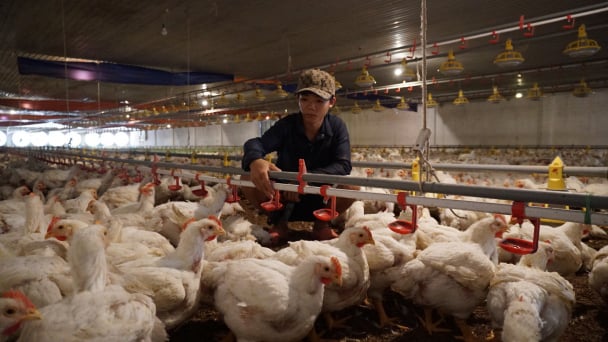
(VAN) Tay Ninh province possesses all the favorable conditions, from natural advantages to geographic location and social harmony, to drive economic development, particularly in attracting investment and advancing modern livestock farming.
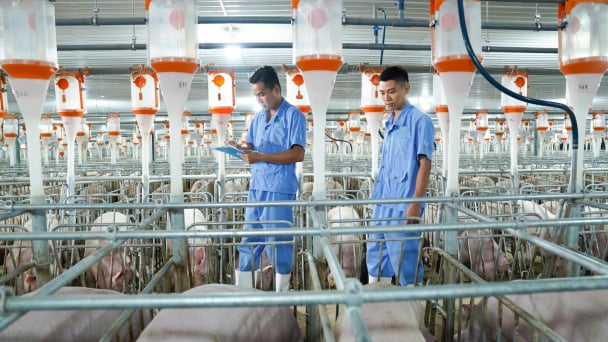
(VAN) Notably, every link in BAF's entire closed livestock value chain Feed - Farm - Food has received international certification.
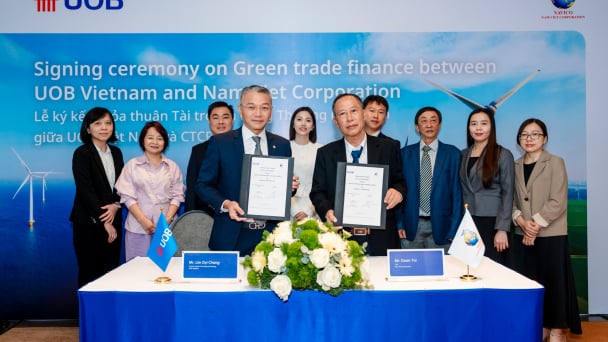
(VAN) UOB Vietnam has recently signed a green credit agreement with NAVICO to develop sustainable aquaculture that meets international standards.